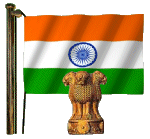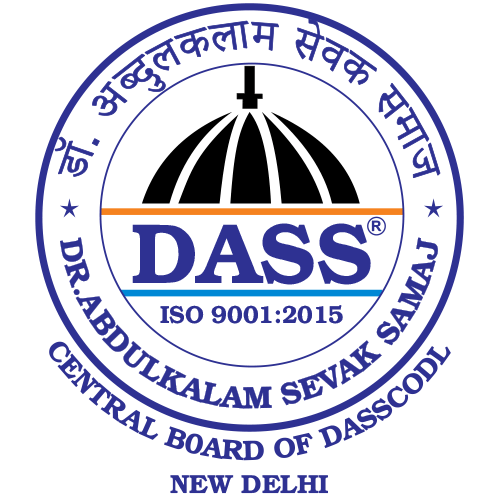Vocational Education

VOCATIONAL EDUCATION AND TRAINING IN INDIA A LABOUR MARKET PERSPECTIVE
Skill development has been a major policy agenda in several countries and there is a lot of emphasis on the promotion of vocational education and training (VET) programmes. This paper investigates the labour market outcomes of the vocationally trained population in India using the data from a nationally representative survey on employment and unemployment. We find that a large section of the population in the age group 15–59 years does not have any kind of formal training. Among the VET holders, a large share is accounted for by non-formal trainees. Quite a high proportion of formal trainees in the workforce remain unemployed reflecting under utilisation of human resource. We also examine the extent to which individuals’ training matches their occupational levels and find that overall about twothirds of the trainees are employed in occupations related to the field of training. Further, we compare the returns to general secondary and vocational education streams using the standard earnings function accounting for the sample selection bias. Our findings show that the relative returns to vocational education is higher than that to general secondary education. Throughout the post-independence period there have been many attempts to reform the Indian vocational education system and make it more applicable.
The list of vocational education policy reforms that have been attempted over the last 60 years is quite extensive. Without raising standards, efforts have been made to go forward with market-oriented reforms to the vocational education system, This study mainly focuses on the present parallel (vocational) education system with the help of the indicative data. This article also proposes certain policy interventions in the parallel educational system. Vocational education consists basically of practical courses through which one gains skills and experience directly linked to a career in future. It helps students to be skilled and in turn, offers better employment opportunities. These trainings are parallel to the other conventional courses of study (like B. Sc., M. Sc. etc.). Time management and meeting deadlines play an important role in success in a vocational course and during their studies students normally produce a portfolio of evidence (plans, reports, drawings, videos, placements), which is taken as a demonstration of students’ capabilities for a job. After finishing the courses, students are often offered placements in jobs. Vocational trainings in a way give students some work related experiences that many employers look for. According to a National Sample Survey Organization (NSSO) report (No. 517, 61/10/03) two types of vocational trainings are available in India: a) Formal and; b) Nonformal. Formal vocational training follows a structured training program and leads to certificates, diplomas or degrees, recognized by State/Central Government, Public Sector and other reputed concerns. Non-formal vocational training helps in acquiring some marketable expertise, which enables a person to carry out her/his ancestral trade or occupation.
Connect With Us
Join Dr. Abdulkalam Sevak Samaj in promoting vocational excellence and research-driven training. Collaborate with us to empower individuals and communities through education. Connect now to be part of a transformative journey towards a skilled and empowered society.
Send A Message
“Dr. Abdulkalam Sevak Samaj, a non-profit organization, is dedicated to creating a positive societal impact through community-driven programs inspired by the teachings of Dr. APJ Abdul Kalam.”









